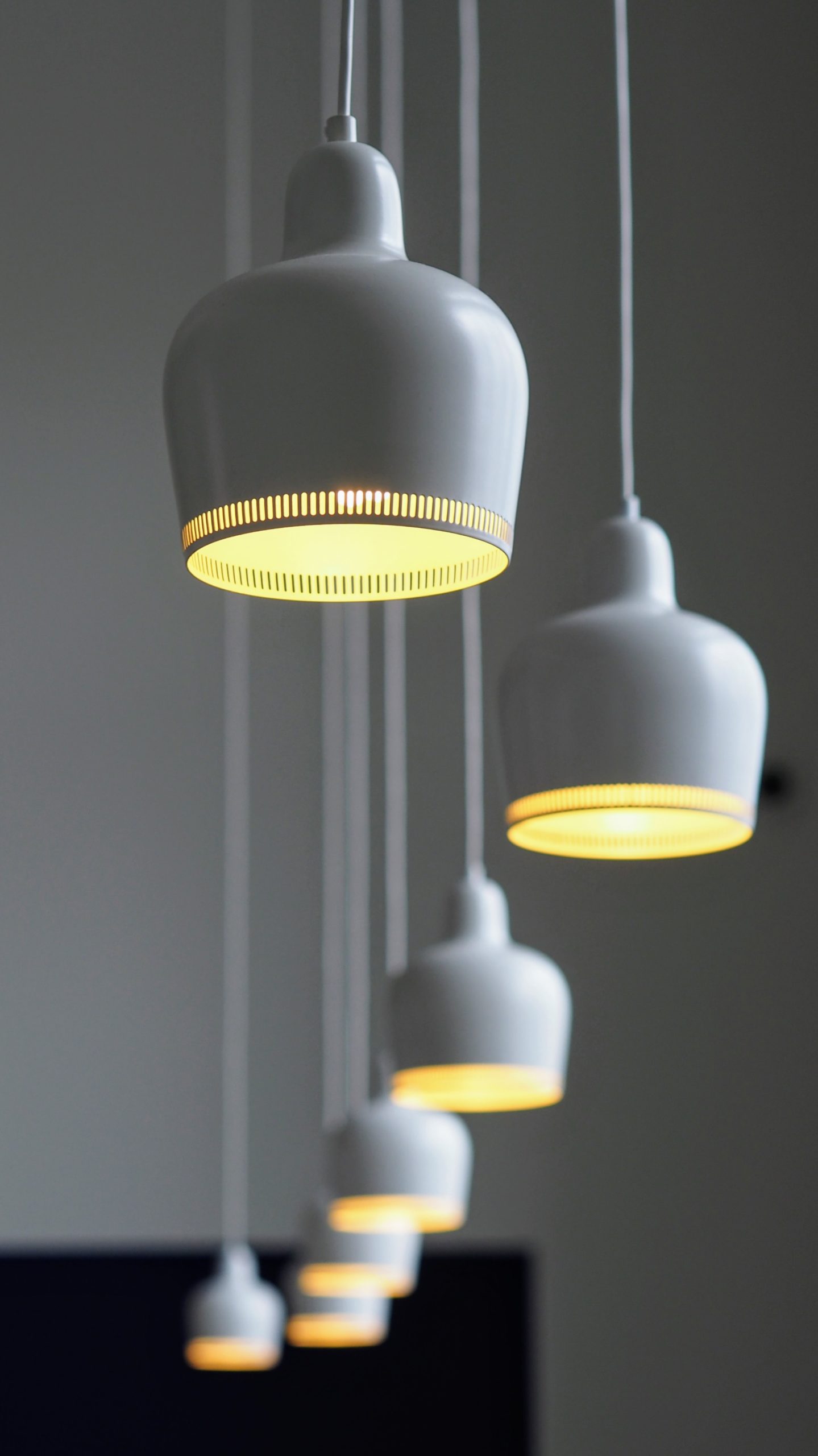When we think of eco-friendly lighting, we usually think of lights that use as little energy as possible. While that’s a primary concern there are many other things you can do to ensure you’re going green when lighting your home. This article will discuss how you can minimize your carbon footprint with the lighting products you’re using.
Sustainable Materials
The materials used in your lamp make a difference. There are many eco-friendly lampshade materials that are eco-friendly and very much in style. Raffia and jute are two examples.
Also known as green fiber, raffia is a fast growing, biodegradable, sustainable material that’s currently trending. Jute has similar characteristics.
Both materials have a terrific ‘straw-like look’ that brings that outside in. They are also extremely durable and long lasting which cuts down on waste. They make the perfect shades for floor lamps, table lamps and sconces.
Glass and parchment are other sustainable lampshade options.
When it comes to the lamp base itself, most are made of metal which is highly recyclable. Wood is another environmental option.
Eco-Friendly Packaging
If you order from a lighting company that’s known for being ‘green’, it’s likely they use eco-friendly packaging. This type of packaging uses as few materials as possible and those that are used are sustainable and biodegradable.
Lamps are delicate and it’s possible that peanuts and polystyrene may be incorporated in packaging for protective purposes, but these should be kept to a minimum.
Energy Efficient Light Bulbs
When it comes to the light bulbs you use on your lamps, LED is a must. LED bulbs are more energy efficient than incandescent bulbs. They produce less heat and they are longer lasting. In fact, many LED bulbs can last up to 25 years.
LED bulbs also come in a wide variety of shapes and sizes making them a stylish choice.
Use Dimmable Fixtures
Dimmable fixtures allow you to use only the amount of energy you need so you’re not wasting natural resources. To ensure your lighting is dimmable, your fixture, circuit and lightbulb must be dimmable. Fortunately, many of today’s designers realize the eco-friendly benefits of making dimmable products and manufacture accordingly.
If you don’t have dimmable circuits in your home, you can call an electrician in to update your system. This is a costly remodel, but it will add up to energy savings that will make it worthwhile.
Get Lighting That Last
It’s important to find durable lighting products. Long lasting lighting means fewer replacements and fewer replacements mean less waste. A high-quality product may be more expensive, but it will cut down on the expense of having to replace or repair it every few months.
Eco-friendly lighting is not only about energy efficient light bulbs. It’s about buying lighting made with sustainable materials and following through with dimmable, long-lasting products. What will you be doing to make the lighting in your home greener?


